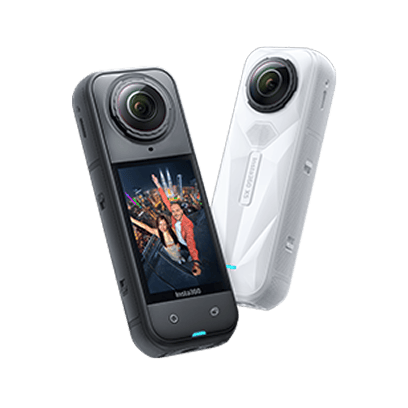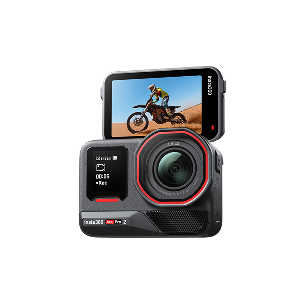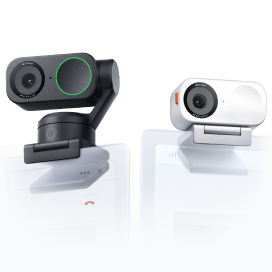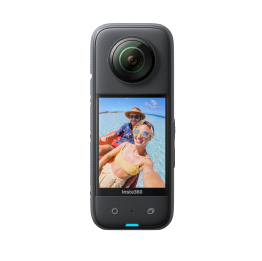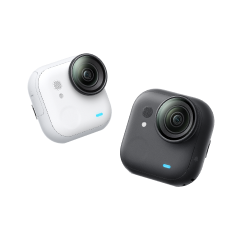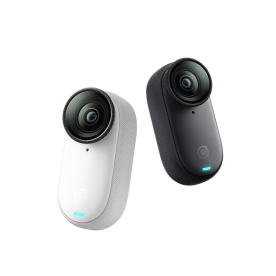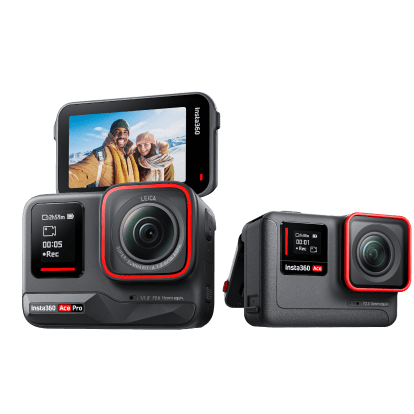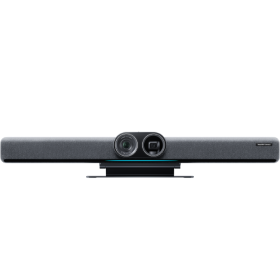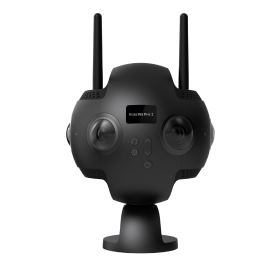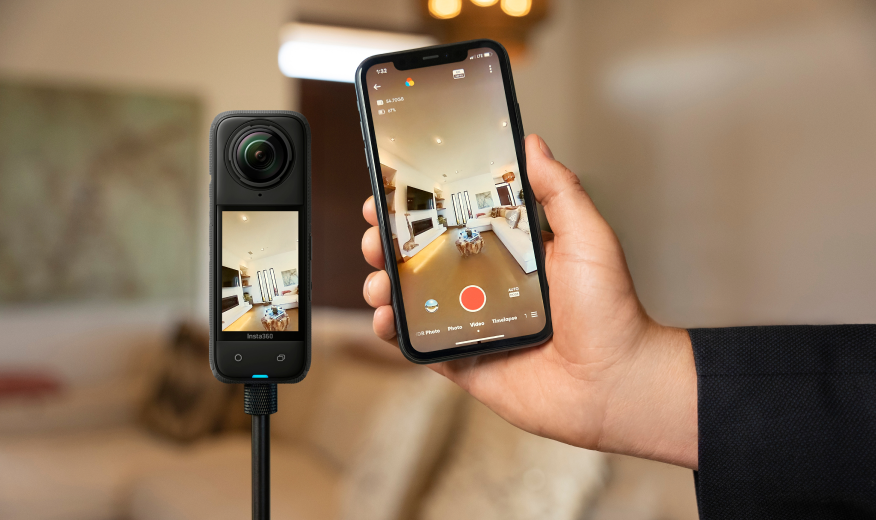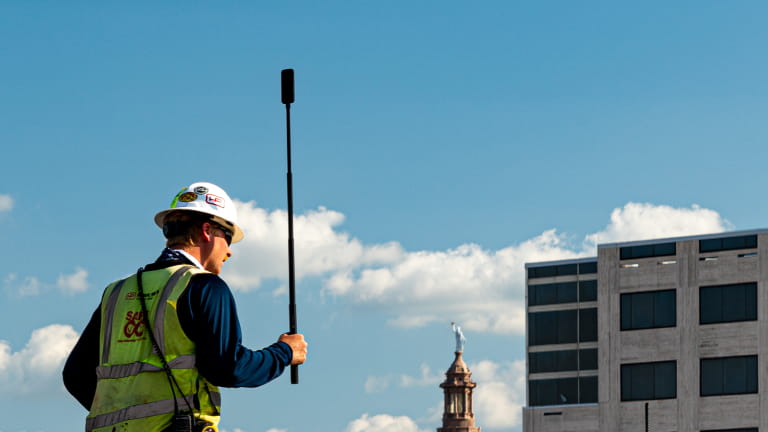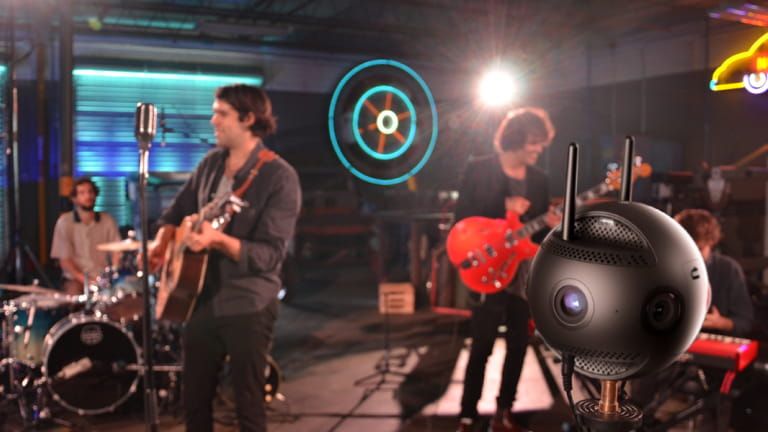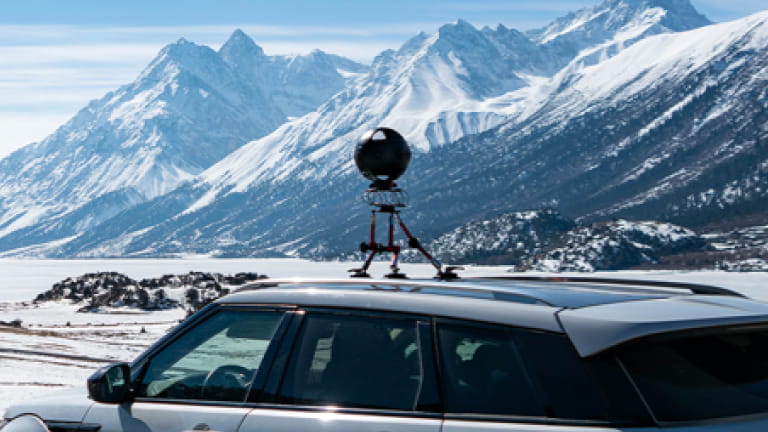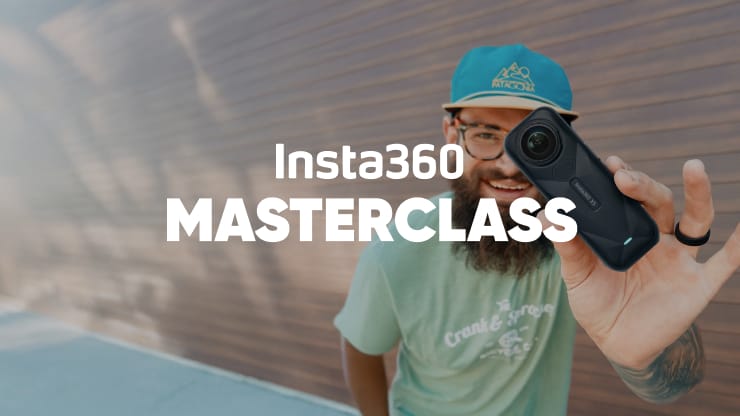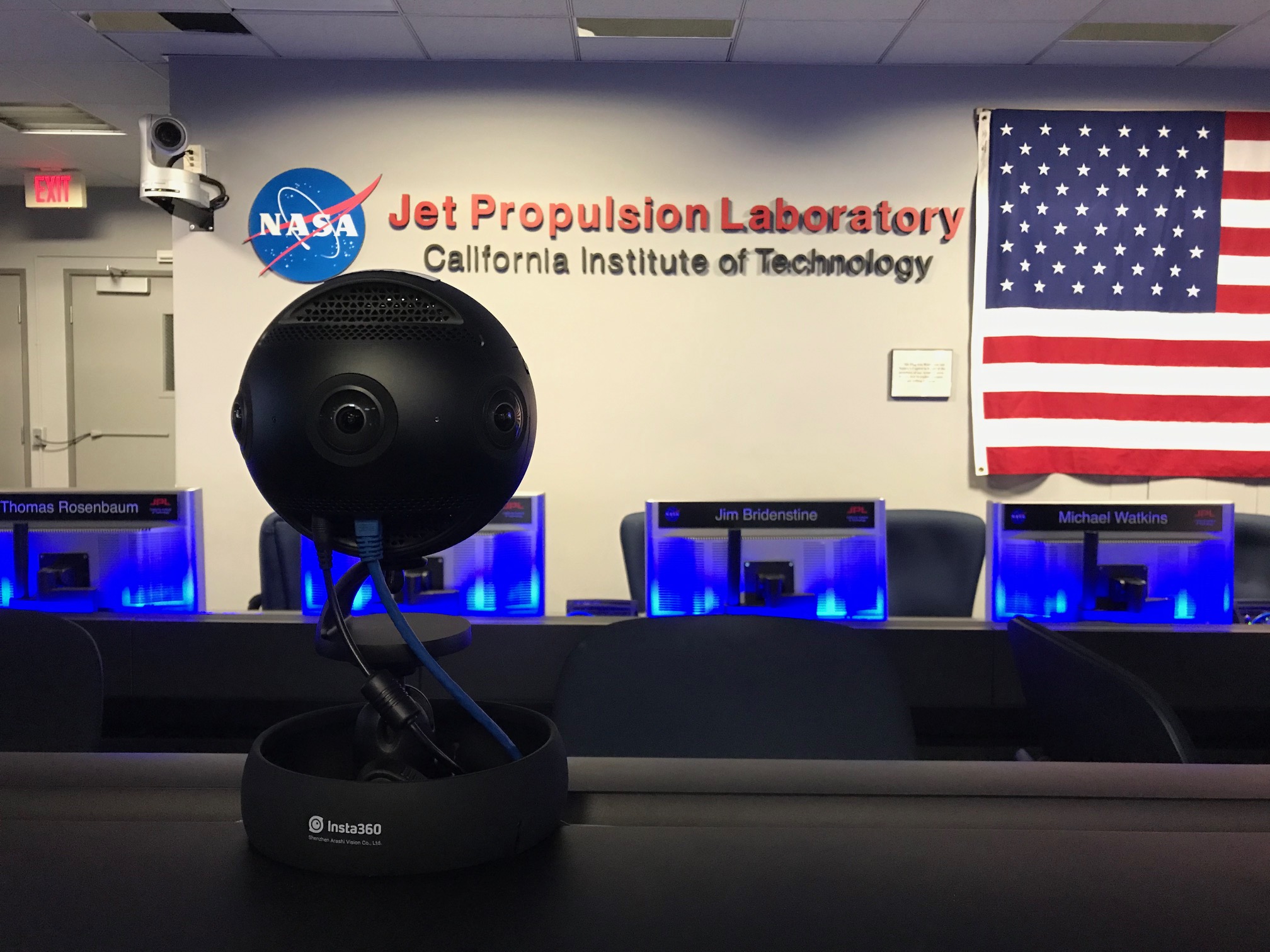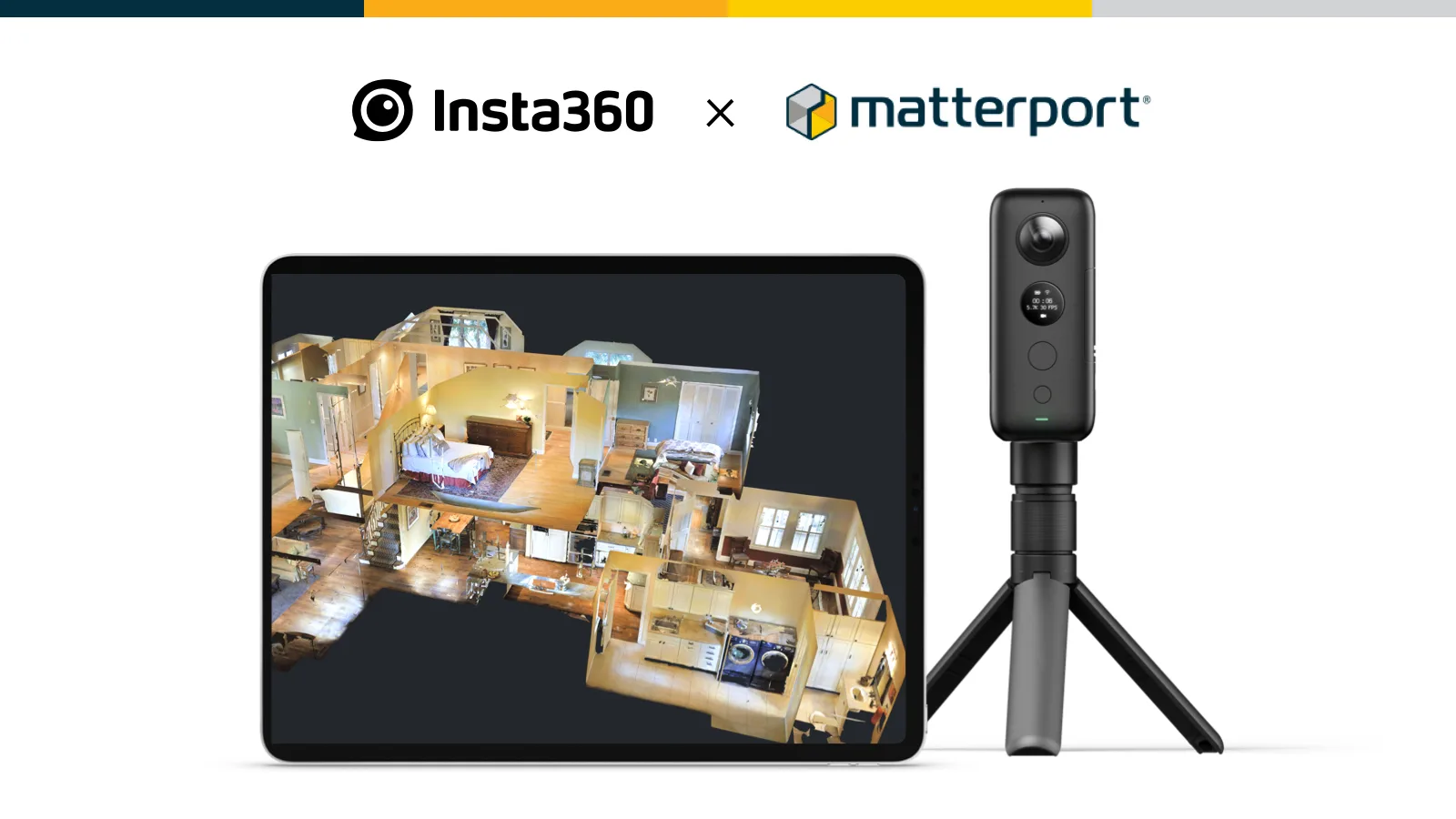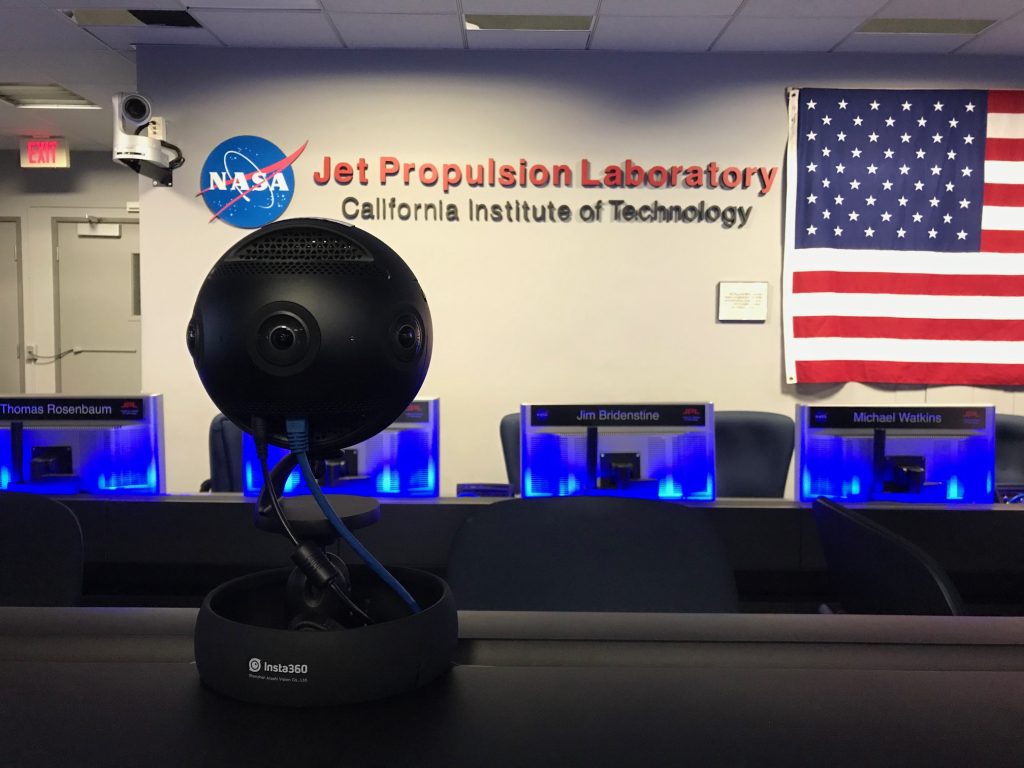
NASA’s digital marketing team is due for a raise. Their interactive, multi-media campaigns have won Emmy’s for two years running.
This week, NASA picked up two new Emmy's from the Academy of Television Arts and Sciences, one for its coverage of the landing of the Insight Mars Lander and another for its coverage of the SpaceX Crew Dragon test launch. A year ago, they took home an Emmy for their coverage of the Cassini probe’s final descent into Saturn.
NASA’s content strategy is nothing if not multi-faceted. The Mars Insight campaign included interactive apps, offline AR experiences, and social promotion from the likes of NBA player Chris Bosh.
But one killer ingredient that both years' award-winning campaigns had in common was the savvy use of live 360-degree video, which NASA used to bring people right into the mission control room at key moments. https://www.youtube.com/embed/6FW9GR2xMjA
NASA used the Insta360 Pro and Pro 2 in this year’s award-winning Mars Insight campaign, and we decided to take a look at a few of the techniques that make their use of 360 video so successful.
1 . Choose your moment.
360 video is not the right tool for every job, but when it works, there's nothing else like it. NASA deployed it for a near-perfect use. A live, immersive view of mission control checks all of the boxes for great live 360 content:
- Built-in suspense. The immediacy of live content and a desire to know how things would turn out (would the landing be a success?) pulled in hundreds of thousands of viewers.
- A story where you have to be there to really get it. A NASA mission is a huge group effort and its success or failure is reflected on the whole team. It’s impossible to convey the collective anxiety and expectation in that room with a single camera angle.
- Interesting content in all directions. Good 360 content needs to reward exploration. Whether it was the overhead displays showing key mission stats, or the human-level interactions of the landing team just behind the camera, there was something interesting to explore in every direction. NASA enhanced this further with the their picture-in-picture content, which brings us to point 2…
2. Balance the freeform nature of 360 with more structured content.
The downside and upside of 360 content are exactly the same: total freedom.
This freedom offers unparalleled immersion and interaction, but it also increases FOMO and insecurity in the viewer ('Am I looking in the right direction? What did I miss?'), and makes it difficult to ensure every viewer gets vital info to follow along with a story.
NASA solved this with a brilliant tweak: a picture-in-picture display that they embedded smack-dab in the middle of the control room. https://www.youtube.com/embed/Y0yOTanzx-s
Using this display, they peppered in commentary, context and interviews throughout the mission. If viewers ever started to get bored or lost, they could always wander back to the display to follow along with a more traditional, news-network style presentation of the story.
This allowed NASA to smoothly combine the strengths of immersive and traditional content, so viewers wouldn't lost out on either.
3. Nail the camera placement.
NASA opted for a two-camera setup for the livestream, putting an Insta360 Pro 2 in the main pit of the Jet Propulsion Laboratory’s mission control room, and a second Insta360 Pro in one of the smaller flag-adorned offices overlooking it.
This gave them further flexibility in adding variety to the stream, while driving home what a massive collaborative undertaking the mission was.
At the same time, they were smart about camera placement. Proximity is very important for engaging 360 content — you need to be close to the action to feel like you’re there.
NASA mounted the cameras right in the midst of the people overseeing the mission, and used a slightly above eye-level height that achieved a feeling of intimate immersion in the team, while also offering an unobstructed, sweeping view of the room.
Until the space agency's next campaign, tide yourself over with this immersive tour of NASA's research labs.
Keen to keep up to date on Insta360 user stories? Keep an eye on our blog. See the latest and join in on the discussion by joining Insta360’s user group.
